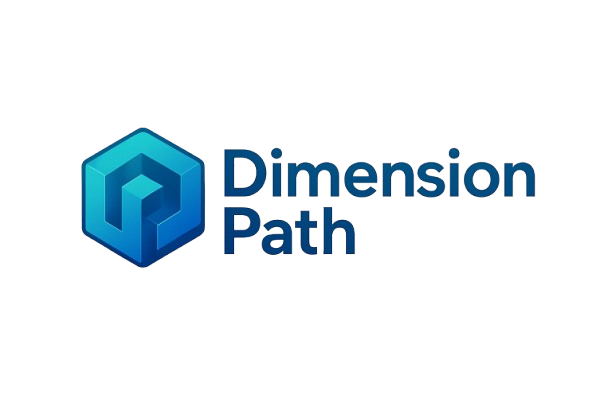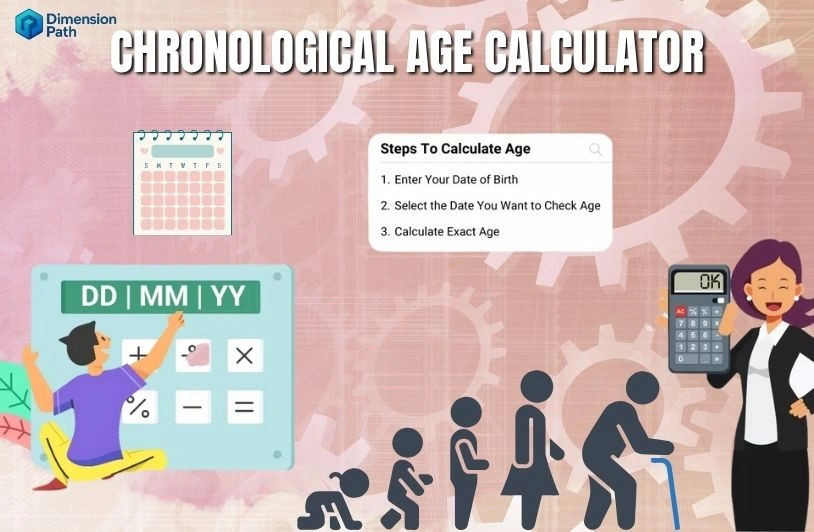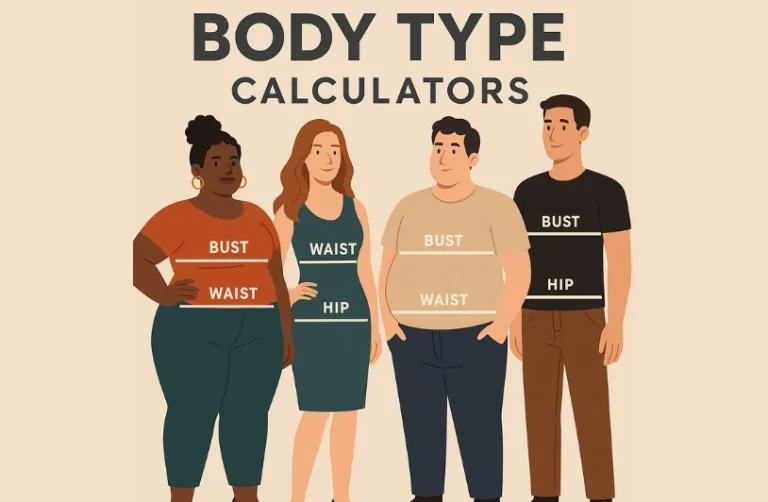Chronological Age Calculator: How to Get Perfect Results Every Time
Time moves forward relentlessly, marking each passing moment with precision. Yet, have you ever wondered about the exact number of days, hours, or even minutes you’ve been alive? Most people know their birth year, but few can instantly tell you their precise age down to the day. This fascinating topic connects us to our personal timeline and helps us understand our place in the continuous flow of time.
Age calculation might seem straightforward, but it involves more complexity than meets the eye. From leap years to time zones, various factors influence how we measure our time on Earth. Whether you’re planning a milestone birthday, calculating eligibility for certain programs, or simply satisfying curiosity about your exact age, understanding how to use a Chronological Age Calculator becomes invaluable.
Understanding Age Calculation Fundamentals
What Makes Age Calculation Complex?
Age calculation involves more than simple subtraction between two dates. Several factors contribute to its complexity, making a reliable Chronological Age Calculator essential for accurate results.
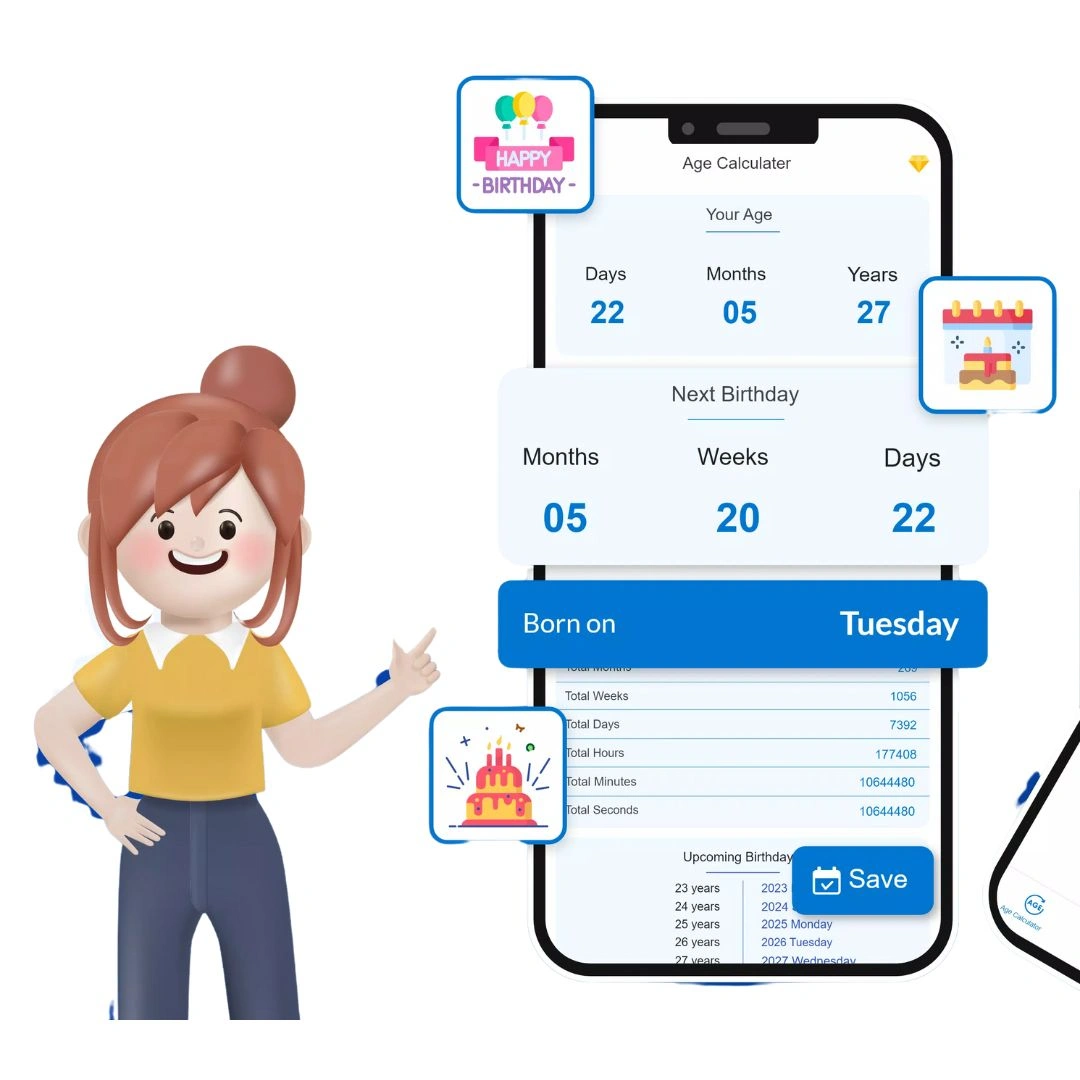
The Gregorian calendar system, which most of the world uses today, contains irregularities that affect age calculation. Leap years occur every four years, adding an extra day to February. However, century years follow different rules – they’re leap years only if divisible by 400. This means 2000 was a leap year, but 1900 wasn’t.
Time zones also play a crucial role in age calculation. Someone born in New York at 11 PM might technically be a day older than someone born in Los Angeles at the same moment. When precision matters, considering time zones becomes necessary for accurate Calculate Your Age results.
Cultural and legal definitions of age vary worldwide. Some cultures calculate age differently, counting the time spent in the womb or using lunar calendars. Legal systems might define age based on specific moments, such as the exact time of birth or the beginning of the birth date.
Different Types of Age Measurement
Several methods exist for measuring age, each serving different purposes and contexts. Understanding these variations helps you choose the right approach for your specific needs.
Chronological age represents the most common measurement, calculating the time elapsed since birth. This method uses the Chronological Age Calculator to determine exact years, months, and days lived. It’s the standard for legal documents, medical records, and most official purposes.
Biological age differs from chronological age by measuring the body’s actual condition rather than time elapsed. Factors like lifestyle, genetics, and health status influence biological age. Someone might be chronologically 40 but biologically 35 due to excellent health habits.
Mental age, primarily used in psychological contexts, measures cognitive development compared to typical age groups. Educational and developmental assessments often use this measurement to understand learning capabilities and intellectual progress.
Social age reflects how well someone fits into age-related social roles and expectations. This subjective measurement considers behavior, interests, and social connections rather than actual time lived.
The Science Behind Chronological Age Calculator Systems
Mathematical Foundations
Age calculation relies on precise mathematical principles that account for calendar irregularities and time variations. Understanding these foundations helps appreciate why specialized tools produce more accurate results than simple mental calculations.
The basic formula for age calculation involves finding the difference between two dates: the current date and the birth date. However, this seemingly simple operation becomes complex when considering partial years, months, and days.
Modern Chronological Age Calculator systems use algorithms that account for leap years, varying month lengths, and time zone differences. These algorithms follow specific rules for handling edge cases, such as birthdays on February 29th or calculations spanning multiple time zones.
Date arithmetic requires careful handling of month boundaries and year transitions. For example, someone born on January 31st presents challenges when calculating their age on February 28th of the following year, as February 31st doesn’t exist.
Leap Year Considerations
Leap years significantly impact age calculations, especially for people born on February 29th. These individuals, known as “leaplings,” technically have birthdays only every four years, creating unique calculation challenges.
A Chronological Age Calculator must account for leap years when determining exact age. The extra day in leap years affects all subsequent calculations, particularly when measuring age in days or hours.
The leap year cycle follows specific rules: years divisible by 4 are leap years, except century years, which must be divisible by 400. This creates a 400-year cycle that affects long-term age calculations and historical date comparisons.
Understanding leap year impact becomes crucial for precise age determination. Legal documents, insurance policies, and official records often require exact age calculations that account for these calendar irregularities.
Essential Methods to Calculate the Age
Manual Calculation Techniques
While digital tools provide convenience, understanding manual calculation methods helps you verify results and calculate age when technology isn’t available. These techniques form the foundation of all Calculate the Age processes.
The basic manual method involves subtracting the birth year from the current year, then adjusting for months and days. If the current date hasn’t reached the birth month and day, subtract one year from the result.
For more precise calculations, count the complete years lived, then add the additional months and days. This method requires careful attention to month lengths and leap year adjustments.
Advanced manual techniques involve converting everything to days since a reference point, then performing calculations. This method eliminates month and year irregularities but requires knowledge of cumulative day counts for different years.
| Calculation Method | Accuracy Level | Complexity | Best Use Case |
|---|---|---|---|
| Basic Subtraction | Years only | Low | Quick estimates |
| Month-Day Adjustment | Years, months | Medium | General purposes |
| Day-by-Day Counting | Exact days | High | Precise requirements |
| Reference Point Method | Maximum precision | Very High | Scientific applications |
Digital Calculation Tools
Modern digital tools have revolutionized age calculation, providing instant, accurate results for complex scenarios. These tools incorporate all the mathematical principles and calendar considerations discussed earlier.
Online Chronological Age Calculator platforms offer user-friendly interfaces that handle complex calculations automatically. Users simply input birth dates and receive comprehensive age breakdowns including years, months, days, hours, and even minutes lived.
Mobile applications provide portable age calculation capabilities, often including additional features like milestone tracking, age comparisons, and historical date calculations. These apps frequently update to maintain accuracy with current dates and time zones.
Spreadsheet software like Excel offers built-in functions for age calculation, allowing for batch processing and custom formatting. These tools prove particularly useful for organizations managing large datasets requiring age calculations.
Programming languages provide libraries and functions for precise age calculation in custom applications. Developers can implement sophisticated algorithms that handle edge cases and provide results in various formats.
Practical Applications of What is My Age Calculations
Legal and Official Uses
Age verification plays a crucial role in numerous legal and official contexts, making accurate What is My Age calculations essential for compliance and eligibility determination.
Legal age requirements govern everything from voting rights to contract signing capabilities. Many jurisdictions specify exact age thresholds that require precise calculation to determine eligibility. A Chronological Age Calculator ensures compliance with these requirements.
Insurance companies rely on accurate age calculations for premium calculations and coverage determinations. Life insurance, health insurance, and auto insurance rates often depend on exact age at specific dates, making precision crucial for fair pricing.
Educational institutions use age calculations for enrollment eligibility, grade placement, and program participation. Many schools have strict age cutoffs that require exact calculation to determine student placement and advancement opportunities.
Employment law often includes age-related provisions for hiring, retirement, and benefit eligibility. Accurate age calculation ensures compliance with age discrimination laws and helps organizations make appropriate employment decisions.
Medical and Health Applications
Healthcare providers rely on precise age calculations for treatment planning, medication dosing, and developmental assessments. Age accuracy becomes particularly important in pediatric and geriatric care contexts.
Pediatric medicine uses exact age calculations to track developmental milestones, vaccination schedules, and growth patterns. Small age differences can significantly impact treatment decisions and developmental expectations in young children.
Geriatric care considers precise age for medication adjustments, risk assessments, and care planning. Age-related changes in metabolism and organ function require careful consideration of exact age for optimal treatment outcomes.
Medical research depends on accurate age data for study validity and result interpretation. Clinical trials often have strict age inclusion criteria that require precise calculation for participant selection and data analysis.
Preventive care recommendations often include age-specific guidelines for screenings, vaccinations, and health monitoring. Knowing your exact age helps ensure you receive appropriate preventive care at optimal intervals.
Personal and Social Contexts
Beyond official requirements, age calculation serves various personal and social purposes that enhance our understanding of life’s timeline and relationships.
Milestone celebrations become more meaningful with precise age knowledge. Whether planning a 10,000-day birthday party or celebrating exactly 25 years and 6 months of marriage, accurate calculations add special significance to important events.
Relationship dynamics often involve age considerations, from generational differences to shared experiences. Understanding exact age differences helps people connect over shared historical events and life stage similarities.
Goal setting and life planning benefit from precise age awareness. Knowing exactly How Many Days Old Am I can provide perspective on time management and help prioritize life goals based on remaining time estimates.
Social media and digital platforms increasingly incorporate age-related features, from birthday reminders to age-appropriate content filtering. Accurate age information ensures these features function properly and provide relevant experiences.
Advanced Features of Modern Chronological Age Calculator Tools
Time Zone Considerations
Modern life’s global nature makes time zone awareness crucial for accurate age calculations. When precision matters, understanding how time zones affect age determination becomes essential.
International travel and global communications create situations where time zone differences impact age calculations. Someone born in Tokyo might be celebrating their birthday while it’s still the previous day in New York, creating potential confusion for exact age determination.
Business applications often require age calculations across different time zones, particularly for international companies managing global workforces. A Chronological Age Calculator with time zone awareness ensures consistent age determination regardless of location.
Legal proceedings involving multiple jurisdictions may require age calculations that account for time zone differences. Birth certificates, court documents, and official records might reference different time zones, requiring careful consideration for accurate results.
Modern digital tools increasingly incorporate automatic time zone detection and conversion, ensuring accurate results regardless of the user’s current location or the birth location’s time zone.
Multiple Calendar Systems
While the Gregorian calendar dominates globally, many cultures maintain traditional calendar systems that affect age calculations in specific contexts.
The lunar calendar system, used in many Islamic countries, creates different age calculations than the solar-based Gregorian system. Understanding these differences becomes important for international document verification and cultural sensitivity.
The Chinese calendar system combines lunar and solar elements, creating unique age calculation methods that differ from Western approaches. Traditional Chinese age calculation adds one year at birth and another at each New Year, regardless of the actual birth date.
Jewish calendar calculations involve complex intercalation rules that affect age determination for religious purposes. Bar and Bat Mitzvah dates, religious observances, and community celebrations often require calculations based on the Hebrew calendar.
Hindu calendar systems vary by region and tradition, each with unique calculation methods that affect religious observances and cultural celebrations. Modern Chronological Age Calculator tools increasingly incorporate multiple calendar system support for diverse user needs.
Understanding Age Calculation Accuracy and Precision
Sources of Calculation Errors
Even with modern tools, several factors can introduce errors into age calculations, making awareness of these potential issues important for critical applications.
Input errors represent the most common source of calculation mistakes. Incorrect birth dates, transposed numbers, or wrong date formats can lead to significantly inaccurate results. Double-checking input data prevents most of these errors.
Calendar system confusion occurs when mixing different calendar types or failing to account for historical calendar changes. The transition from Julian to Gregorian calendars in various countries at different times can affect historical age calculations.
Time zone oversight can create calculation errors, particularly when birth and calculation locations differ significantly. Failing to account for these differences might result in age calculations that are off by a full day.
Leap year handling mistakes occur when calculators don’t properly account for the complex leap year rules, particularly for historical dates or future projections spanning multiple centuries.
Validation Techniques
Ensuring age calculation accuracy requires systematic validation approaches that verify results through multiple methods and cross-checks.
Cross-referencing multiple calculation tools helps identify potential errors by comparing results from different sources. If multiple Chronological Age Calculator tools provide the same result, confidence in accuracy increases significantly.
Manual verification using known methods provides a baseline for evaluating digital tool results. Simple calculations can verify approximate accuracy, while detailed manual methods can confirm precise results.
Historical date verification involves checking calculations against known historical events or documented dates to ensure calendar system accuracy and proper leap year handling.
Edge case testing examines calculation accuracy for unusual situations like leap day births, century transitions, and extreme age ranges. These tests reveal potential weaknesses in calculation algorithms.
Special Considerations for How Many Days Old Am I Calculations
Precision Levels and Applications
Different situations require varying levels of precision in age calculations, from approximate years to exact seconds lived. Understanding appropriate precision levels helps choose the right calculation approach.
Basic precision involves calculating age in complete years, suitable for most casual applications and general documentation. This level suffices for birthday celebrations, age verification, and routine record-keeping.
Intermediate precision includes months and days, providing more detailed age information for applications requiring greater specificity. Medical records, legal documents, and official applications often require this precision level.
High precision calculations include hours, minutes, and seconds, typically used for scientific applications, detailed record-keeping, or personal interest in exact life duration. How Many Days Old Am I calculations often fall into this category.
Maximum precision involves accounting for leap seconds, time zone changes, and other minute temporal variations. Scientific research, astronomical calculations, and highly specialized applications might require this level of precision.
Long-term Age Projections
Age calculators can project future ages for planning purposes, helping individuals and organizations prepare for upcoming milestones and requirements.
Retirement planning benefits from accurate age projections that account for eligibility dates, benefit calculations, and life expectancy estimates. Financial planners use these projections to optimize retirement strategies and savings plans.
Educational planning involves projecting student ages for enrollment decisions, graduation timing, and program completion estimates. Parents and educators use these projections to plan academic pathways and milestone achievements.
Legal compliance requires projecting ages for contract terms, trust distributions, and other time-sensitive legal matters. Estate planning, insurance policies, and business agreements often depend on accurate age projections.
Personal milestone planning becomes more meaningful with precise future age calculations. Whether planning a 50th birthday celebration or setting a 30-year goal, accurate projections help create realistic timelines and expectations.
Comparison Table: Age Calculator Features
| Feature | Basic Calculator | Standard Calculator | Advanced Calculator | Professional Calculator |
|---|---|---|---|---|
| Years/Months/Days | ✓ | ✓ | ✓ | ✓ |
| Hours/Minutes/Seconds | ✗ | ✓ | ✓ | ✓ |
| Time Zone Support | ✗ | ✗ | ✓ | ✓ |
| Multiple Calendars | ✗ | ✗ | ✓ | ✓ |
| Leap Year Handling | Basic | ✓ | ✓ | ✓ |
| Historical Accuracy | Limited | ✓ | ✓ | ✓ |
| Batch Processing | ✗ | ✗ | ✗ | ✓ |
| API Integration | ✗ | ✗ | ✗ | ✓ |
| Custom Formatting | ✗ | ✗ | ✓ | ✓ |
| Validation Tools | ✗ | ✗ | ✓ | ✓ |
Cultural and Historical Perspectives on Age Calculation
Traditional Age Counting Systems
Different cultures have developed unique approaches to age calculation that reflect their values, beliefs, and historical experiences. Understanding these variations provides insight into the diversity of human time perception.
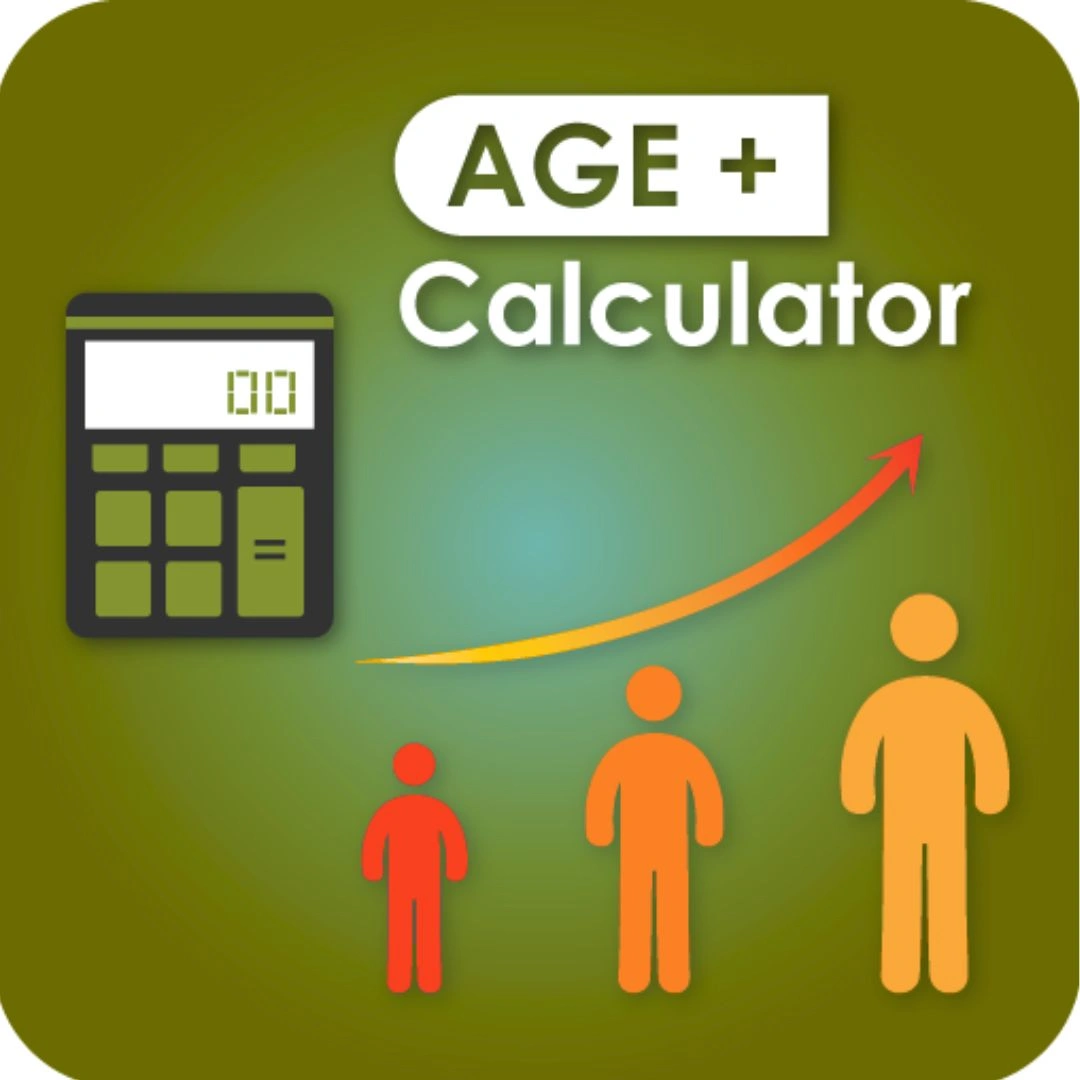
East Asian age counting systems traditionally add one year at birth and another at each New Year, regardless of the individual birthday. This system, still used in some contexts, creates age differences of up to two years compared to Western calculations.
Some cultures count pregnancy time as part of a person’s age, recognizing life beginning at conception rather than birth. This approach affects age calculations throughout an individual’s lifetime, creating systematic differences from birth-based calculations.
Lunar calendar systems create age calculations that differ from solar calendar results due to the shorter lunar year. These differences accumulate over time, creating increasingly divergent age calculations between lunar and solar systems.
Indigenous cultures often incorporate seasonal cycles, astronomical events, or significant cultural milestones into age calculations, creating systems that reflect their unique relationship with natural and social rhythms.
Historical Evolution of Age Tracking
The development of standardized age calculation reflects humanity’s evolving relationship with time measurement and record-keeping accuracy.
Ancient civilizations often tracked age imprecisely, focusing on general life stages rather than exact years. Many historical figures have uncertain birth dates due to limited record-keeping and different cultural priorities regarding age documentation.
Medieval European society gradually developed more precise age tracking for legal and religious purposes. Church records began documenting birth dates more systematically, enabling more accurate age calculations for inheritance, marriage, and religious observances.
The industrial revolution accelerated the need for precise age documentation as labor laws, education requirements, and social services began incorporating age-based eligibility criteria. This period saw the development of standardized birth registration systems.
Modern digital society has made precise age calculation routine and accessible, enabling applications that previous generations couldn’t imagine. From automated birthday reminders to age-based content filtering, precise age knowledge has become integral to daily life.
Troubleshooting Common Age Calculation Issues
Input Data Problems
Many age calculation errors stem from problems with input data quality, format, or completeness. Recognizing and addressing these issues ensures accurate results.
Date format confusion occurs when different systems use various date presentation styles. American MM/DD/YYYY format differs from European DD/MM/YYYY format, potentially creating calculation errors when formats are mixed or misinterpreted.
Incomplete date information, such as missing birth month or day, requires special handling in Chronological Age Calculator systems. Some applications estimate missing information, while others require complete dates for accurate calculations.
Invalid date entries, such as February 30th or April 31st, can cause calculation failures or produce meaningless results. Input validation systems help prevent these errors by checking date validity before processing.
Historical date accuracy becomes challenging for events before standardized record-keeping began. Birth certificates, historical documents, and family records might contain inaccuracies that affect age calculations.
System and Technical Issues
Technical problems can affect age calculation accuracy, particularly in digital systems that rely on complex algorithms and data sources.
Clock synchronization issues can create age calculation discrepancies when system clocks don’t accurately reflect current time. This problem particularly affects real-time calculations and systems spanning multiple servers or time zones.
Leap year handling errors occur when calculation systems don’t properly implement leap year rules, particularly for historical dates or future projections. These errors can accumulate over time, creating increasingly inaccurate results.
Database timezone problems arise when birth dates and current dates are stored or processed in different time zones without proper conversion. This issue can create age calculation errors of up to 24 hours.
Software updates and changes can introduce calculation errors if new versions modify algorithms or handle edge cases differently. Regular testing and validation help identify these issues before they affect critical applications.
The Future of Age Calculation Technology
Emerging Trends and Innovations
Technology continues to advance age calculation capabilities, introducing new features and improving accuracy for various applications.
Artificial intelligence integration enables more sophisticated age estimation from various data sources, including photographs, voice patterns, and behavioral indicators. These technologies supplement traditional birth date-based calculations with alternative estimation methods.
Blockchain technology offers potential for secure, tamper-proof age verification systems that could revolutionize identity verification and age-related compliance. These systems could provide irrefutable age proof for various applications.
Internet of Things (IoT) devices increasingly incorporate age-aware features that adapt functionality based on user age. Smart home systems, wearable devices, and connected appliances use age information to customize experiences and ensure appropriate content delivery.
Quantum computing might eventually enable ultra-precise age calculations that account for relativistic effects, extremely small time variations, and complex astronomical phenomena affecting Earth’s rotation and orbit.
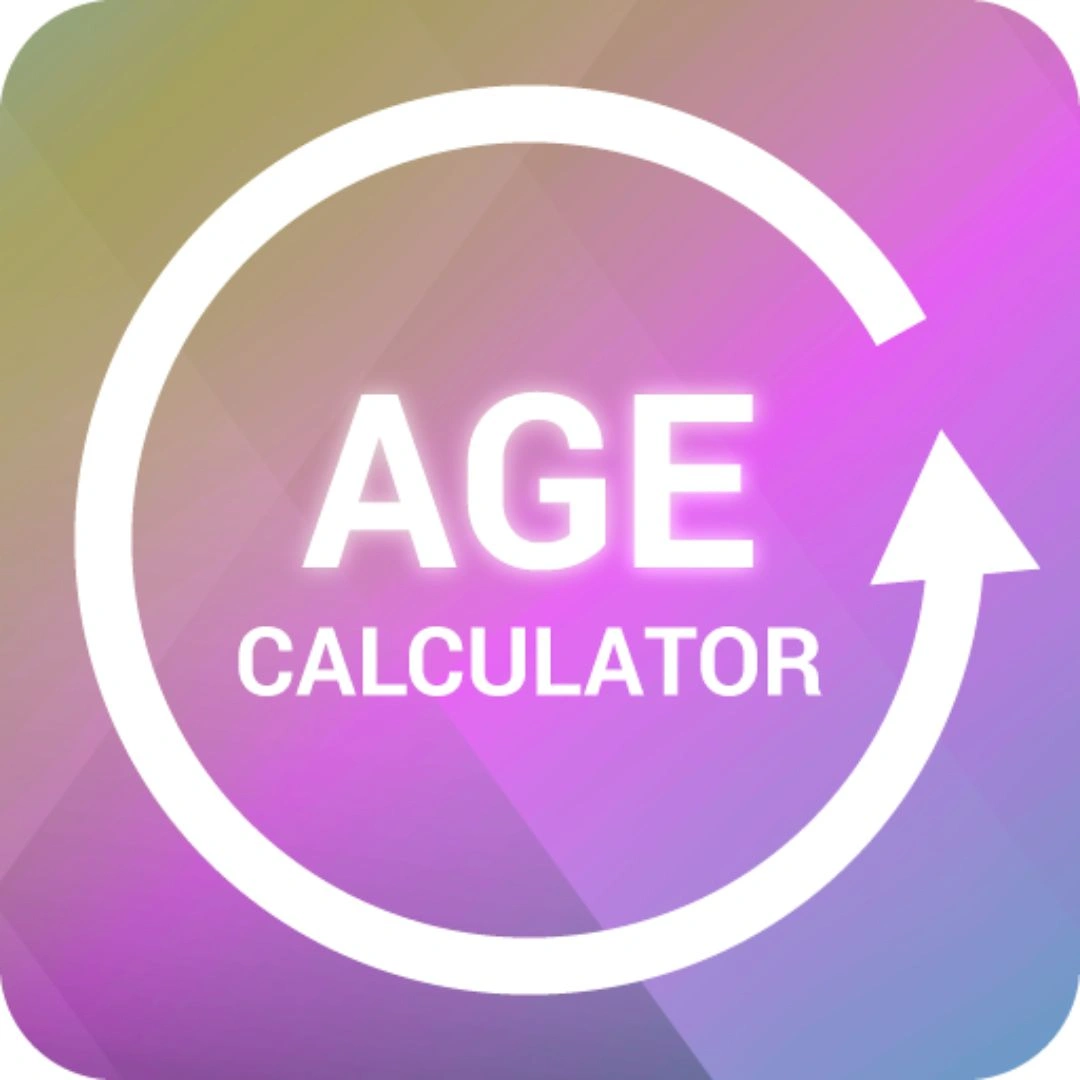
Expanding Applications
New applications for age calculation continue to emerge as technology advances and society evolves.
Personalized medicine increasingly relies on precise age calculations for treatment optimization, drug dosing, and risk assessment. Age-specific medical guidelines require accurate calculation for optimal patient care.
Educational technology incorporates age-appropriate content delivery, learning pace adjustment, and developmental milestone tracking. Calculate Your Age functionality becomes integral to adaptive learning systems.
Financial services use age calculations for risk assessment, product recommendations, and regulatory compliance. Insurance, banking, and investment services increasingly rely on precise age data for decision-making.
Entertainment and gaming industries incorporate age verification and age-appropriate content delivery, requiring reliable age calculation for regulatory compliance and user experience optimization.
Best Practices for Using Chronological Age Calculator Tools
Selecting the Right Tool
Choosing appropriate age calculation tools requires considering accuracy requirements, feature needs, and application contexts.
Accuracy requirements vary significantly between applications. Casual birthday planning might accept approximate calculations, while legal proceedings require maximum precision. Understanding your accuracy needs helps select appropriate tools.
Feature requirements depend on specific use cases. Basic calculations might suffice for simple applications, while complex scenarios require advanced features like time zone support, multiple calendar systems, or batch processing capabilities.
User interface considerations affect tool usability and error prevention. Clear input formats, validation messages, and result presentation contribute to accurate calculations and user satisfaction.
Integration capabilities become important when age calculations must work with other systems or applications. API availability, data export options, and compatibility with existing workflows influence tool selection.
Ensuring Calculation Accuracy
Implementing systematic approaches to verify age calculation accuracy helps prevent errors and builds confidence in results.
Input verification involves double-checking birth dates, date formats, and other input data before processing. This step prevents most common calculation errors and ensures reliable results.
Result validation using multiple methods or tools provides confidence in calculation accuracy. Comparing results from different sources helps identify potential errors or inconsistencies.
Edge case testing examines calculation behavior for unusual situations like leap day births, century boundaries, or extreme age ranges. This testing reveals potential limitations or errors in calculation tools.
Documentation and audit trails help track calculation methods, input data, and results for future reference or verification. This documentation proves particularly valuable for legal or official applications.
Conclusion
Understanding and utilizing Chronological Age Calculator tools has become increasingly important in our interconnected, digital world. From legal compliance to personal planning, accurate age calculation affects numerous aspects of modern life. The complexity of precise age determination, involving leap years, time zones, and various calendar systems, makes specialized tools essential for reliable results.
Throughout this comprehensive examination, we’ve seen how age calculation extends far beyond simple arithmetic. The mathematical foundations, cultural variations, and technological innovations all contribute to the rich landscape of temporal measurement. Whether you need to Calculate the Age for legal purposes, medical applications, or personal curiosity, understanding these principles ensures accurate and meaningful results.
The evolution of age calculation technology continues to expand possibilities for precision and application. From basic manual methods to sophisticated digital tools, the options available today provide unprecedented accuracy and convenience. Modern Chronological Age Calculator systems handle complex scenarios automatically, accounting for calendar irregularities and time zone differences that might confuse manual calculations.
Frequently Asked Questions – Chronological Age Calculator
Q: If You’re Born in 1994 How Old Are You?
A: If you were born in 1994, you are 31 years old in 2025 (if your birthday has passed) or 30 years old (if your birthday hasn’t occurred yet this year). Use our chronological age calculator to get your exact age in years, months, and days.
Q: If I Was Born in 1960 How Old Am I?
A: If you were born in 1960, you are 65 years old in 2025 (if your birthday has passed) or 64 years old (if your birthday hasn’t occurred yet this year). This puts you at retirement age in most countries, making our chronological age calculator essential for pension planning.
Q: How Old Am I if I Was Born in 1998?
A: If you were born in 1998, you are 27 years old in 2025 (if your birthday has passed) or 26 years old (if your birthday hasn’t occurred yet this year). Our chronological age calculator can help you track important career and life milestones at this age.
Curious about measurements? See “Which Comes First: Width or Length?” on Dimensions Path!
Looking to make someone smile? Find thoughtful wishes at “TerrificWishes.com”
